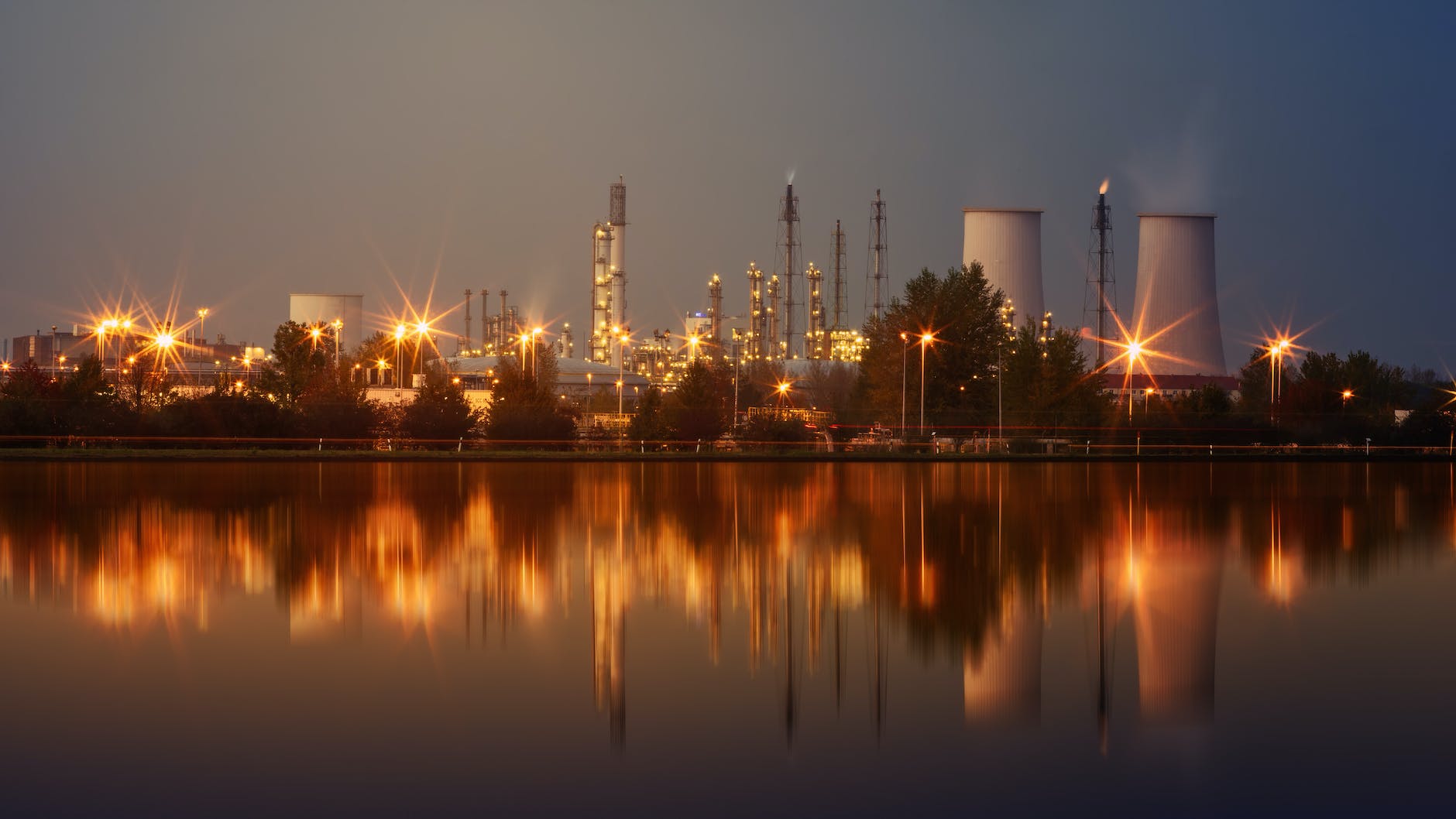
Safety Hazards in the Oil and Gas Industry
Introduction to Safety Hazards in the Oil and Gas Industry
The oil and gas industry, while vital for global energy supply, is fraught with various safety hazards. Ensuring the safety of workers and the environment is paramount in this sector, given the inherent risks associated with extraction, processing, and transportation activities.
Common Safety Hazards
Physical Hazards
The industry faces physical risks such as fires, explosions, and falls due to the nature of equipment and work environments. Handling heavy machinery and working in extreme weather conditions add to these dangers.
Chemical Hazards
Exposure to hazardous chemicals and gases poses significant threats to workers’ health. Oil spills, gas leaks, and improper handling of toxic substances are among the concerns.
Ergonomic Hazards
Repetitive tasks, improper lifting techniques, and inadequate workstation setups contribute to ergonomic risks, leading to musculoskeletal disorders among workers.
Psychosocial Hazards
The demanding work environment, long hours, and isolation on remote sites can lead to stress, fatigue, and mental health issues among employees.
Oil and gas industry is known for various safety hazards due to the nature of its operations. Some common hazards include:- Explosions and Fires: The presence of flammable materials like oil and gas poses a significant risk of explosions and fires, often caused by equipment failure, human error, or inadequate safety protocols.
- Chemical Exposure: Workers may be exposed to hazardous chemicals used in drilling, refining, and processing, leading to health issues such as respiratory problems, skin irritation, or even long-term illnesses.
- Equipment Malfunction: Machinery used in drilling and extraction can malfunction, leading to accidents. This includes blowouts in wells, equipment failure, or structural collapses.
- Slips, Trips, and Falls: Working in challenging environments, such as offshore rigs or uneven terrains, increases the risk of slips, trips, and falls. These can lead to severe injuries or even fatalities.
- High-Pressure Lines and Pipelines: The high-pressure systems used in oil and gas operations can rupture, causing spills or leaks that pose environmental hazards and risks to workers’ safety.
- Transportation Risks: Transportation of oil and gas via pipelines, trucks, or ships involves potential accidents, such as vehicle collisions, spills, or leaks during transit.
- Confined Spaces: Workers often operate in confined spaces like tanks, vessels, or compartments, which can lead to asphyxiation, exposure to toxic gases, or entrapment accidents.
- Fatigue and Stress: Long working hours, demanding schedules, and the high-pressure nature of the industry can lead to fatigue, impairing judgment and increasing the likelihood of accidents.
- Weather Conditions: Offshore operations are susceptible to harsh weather conditions like storms, hurricanes, or extreme temperatures, posing risks to personnel and infrastructure.
To mitigate these hazards, the industry implements rigorous safety protocols, provides extensive training to employees, conducts regular inspections, and invests in advanced technology and safety equipment.Risk Assessment and Management
To mitigate these hazards, rigorous risk assessment processes are essential. Identifying potential risks and implementing effective management strategies are crucial steps toward ensuring a safer work environment.
Preventive Measures
Implementing robust safety protocols, providing comprehensive training, and leveraging technological advancements in safety equipment and monitoring systems are pivotal in preventing accidents.
Case Studies
Notable incidents like oil rig explosions or pipeline leaks serve as reminders of the catastrophic consequences of safety lapses. Analyzing these cases helps in understanding the root causes and improving safety measures.
Regulatory Framework
Government regulations and industry standards play a crucial role in enforcing safety protocols and ensuring compliance across all operations within the oil and gas sector.
Employee Involvement and Safety Culture
Creating a culture where safety is a priority and encouraging active participation of employees in safety protocols significantly reduces accidents and promotes a safer work environment.
Continuous Improvement
Regular safety evaluations and incorporating feedback for continual improvement in safety measures are essential for adapting to evolving risks and technologies.
Conclusion
Safety hazards in the oil and gas industry are multifaceted and demand stringent measures to safeguard workers and the environment. By prioritizing safety, implementing proactive measures, and fostering a culture of continuous improvement, the industry can mitigate risks significantly.
General Safety in the Oil and Gas Industry
Types of Work Permits and Certificates Used in ADNOC as per WMS
FAQs
- What are the most common accidents in the oil and gas industry?
- Accidents involving fires, explosions, falls, and chemical exposures are prevalent.
- How important is employee training in ensuring safety?
- Employee training is pivotal as it equips workers with the knowledge and skills to handle risks effectively.
- What role do regulations play in ensuring safety in the industry?
- Regulations set standards and guidelines that companies must follow to maintain a safe working environment.
- How can a safety culture be fostered within an organization?
- A safety culture is nurtured through leadership commitment, employee involvement, and consistent reinforcement of safety practices.
- Why is continuous improvement crucial in safety measures?
- Continuous improvement allows the industry to adapt to new risks and technologies, ensuring sustained safety enhancements.
























